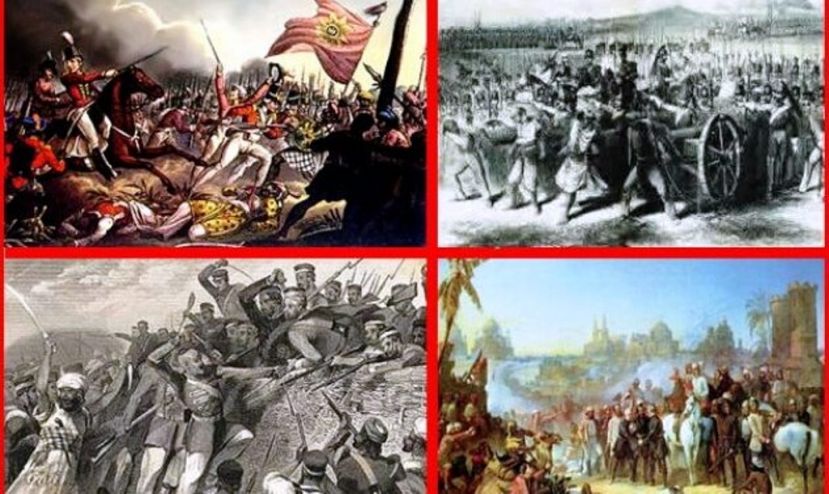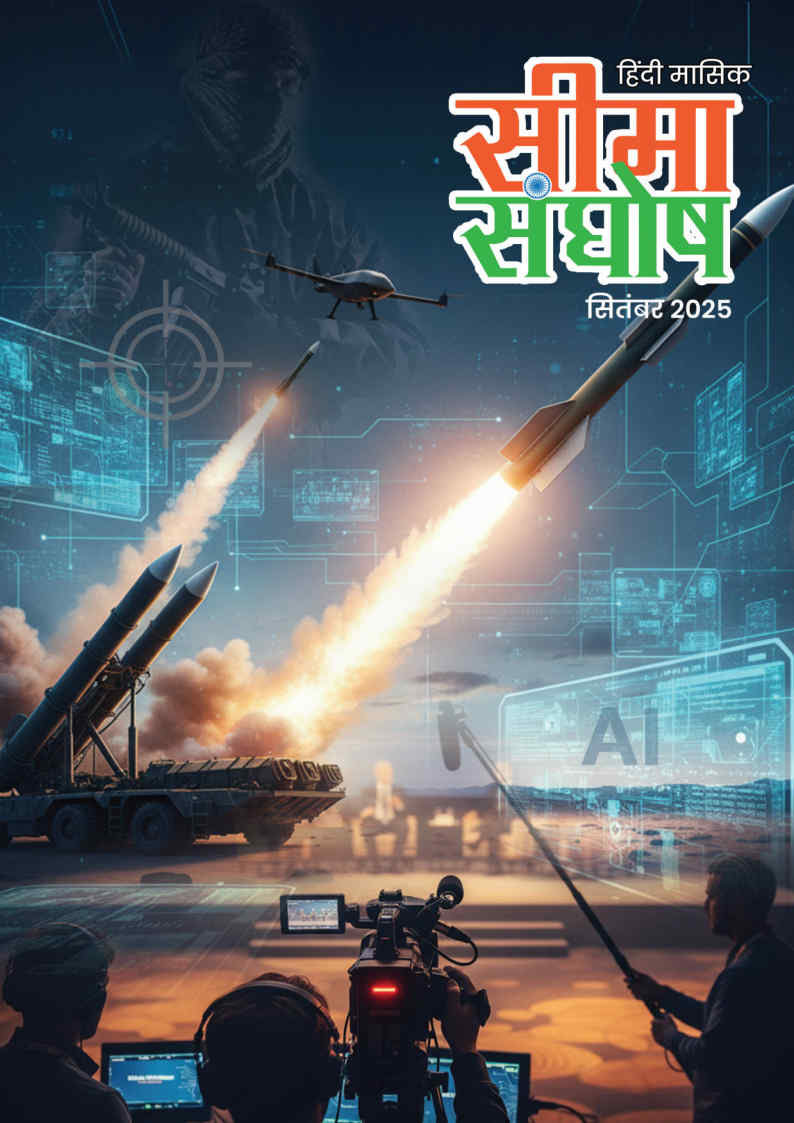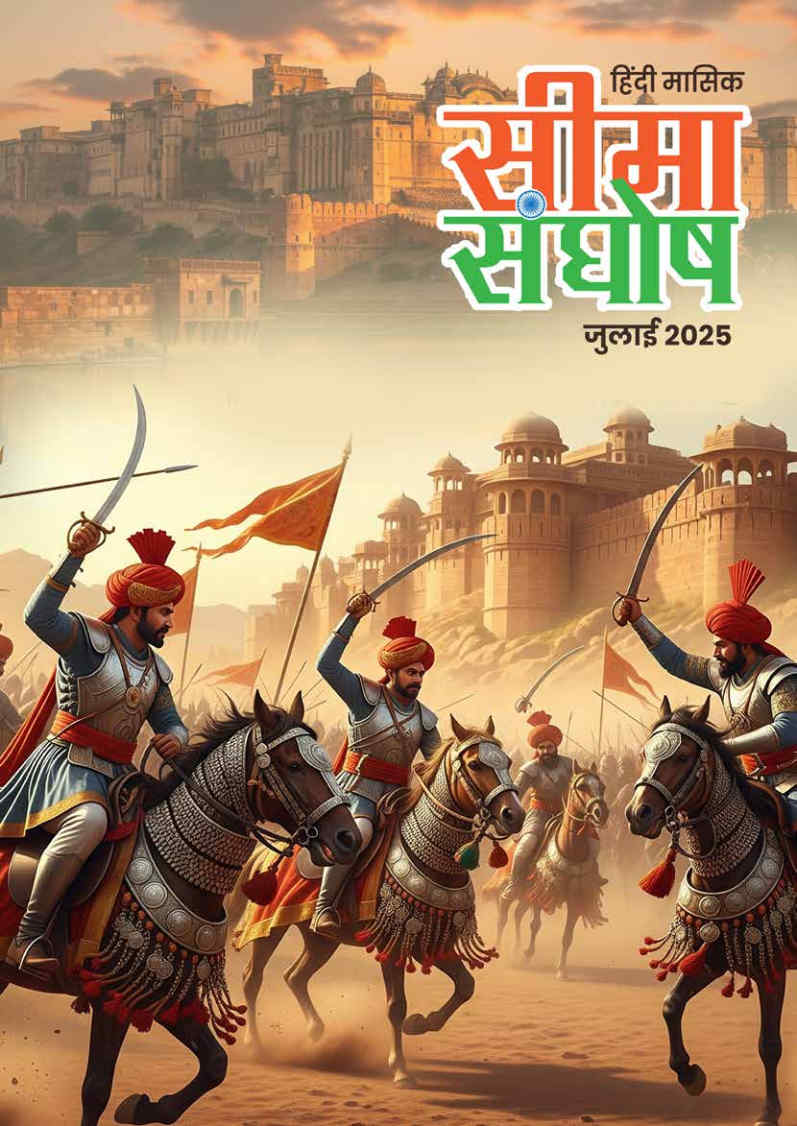UPDATED:
Narendrajit Singh - The unsung hero of Manipur
Posted on :
17-October-2022 01:10:00 Writer :
Mishell Goyal 

Today, on 2nd Baisakh, the birth anniversary of Narendrajit Singh of Manipur, We Pay tribute to one of the most remarkable heroes of the freedom struggle who fought alongside the nation in the war of 1857 and led armies in the Cachar region of Assam.
The war of 1857: planning and execution
A Haridwar Kumbh of 1855, culture, strategy, and weapons shook hands and vowed to expel the British from Indian soil. The confluence of Kumbh meticulously planned the first war of Indian Independence of 1857. While imperialist schools of thought believe that the war of 1857 was merely a series of isolated ‘revolt’ or ‘mutiny’ in which the kings and queens participated only for their kingdoms and their territory; excerpts from the correspondence of Capt. Robt. Stewart, (Superintendent of Cachar) paint a very different picture by clearly mentioning the circulation of Chapati and Lotus flowers throughout the country.
Thus, acknowledging that the nationwide planning for the war reached as far as Cachar and Chittagong. The myth of isolated uprisings in the country that has been propagated through years and generations crumbles when we put historical evidence under a holistic lens.
Under the circumstance of a lack of collective identity, goal and a strong concept of ‘nation’, it would not have been practically impossible to mobilise people from Delhi to Chittagong towards one common goal. It is therefore safe to conclude that the sentiment of one nation flowed in the veins of every Indian.
Such diligence was their planning that the messages of war were conveyed via lotus flowers and chapatis to the farthest and remotest corner of the country and such strong was the urge of self- determination among the people that they agreed to risk everything based on just one message.
The Indians recruited in the British Army who were awakened by the call for action knew that the moment they defy orders of the British, they will lose their job their livelihood, and eventually their lives. Yet, there was an inextinguishable fire in their hearts-the fire called ‘Swa’ – that fuelled their passion for Swaraj.
Historians have also conveniently left out the Northeast of India while documenting this historical landmark. But like the rest of the country, the fire of Swa was ablaze among the people here. A major chapter in this history was that of Cachar where platoons of freedom fighters from different regions converged
and collectively fought the British. Today, Cachar is a district located in Southern Assam. In 1857, it was a region that was a part of the British occupied domains of India and a very important administrative canter. There is no second opinion about the fact that this above – mentioned movement towards Cachar began from Chattagram or Chittagong hills (currently situated in Bangladesh, south of the Indian state of Tripura) by the awakened members of the 34th native infantry, on 18th November 1857. To date, there is no official documentation of the names or even the exact number of soldiers that took part in this war for independence; some historians believe the number was 300 while others argue that the number.
Assam. In 1857, it was a region that was a part of the British occupied domains of India and a very important administrative canter. There is no second opinion about the face that this above –mentioned movement towards Cachar began from Chattagram or Chittagong hills (currently situated in Bangladesh, south of the Indian state of Tripura) by the awakened members of the 34th native infantry, on 18th November 1857.To date, there is no official documentation of the names or even the exact number of soldiers that took part in this war for independence; some historians believe the number was 300hile others argue that the number was nearly 400-450.
As per records, it all started on 18th November 1857, at 9-10 pm when the guards posed at the collector’s office began firing rounds and thereafter released prisoners from the Chittagong jail. These released prisoners too joined the movement for independence.
Simultaneously, the British armory was attacked by the Indians from where surplus arms and ammunitions were procured. Thereafter, as planned, they attacked the treasury and collected Rs. 2,78,267 and resumed their march in two separate branches- one towards Tripura and another towards Cachar via Lushai hills. Lt. Ross in his reports mentions that the 34th native infantry had used careful strategy and split their platoon into smaller segments and took the forest route to reach Cachar. The brach that had taken the Aizwal-Silchar route to reach Cachar, was helped by local Lushai chiefs (who were also known as Sailo) from the Lushai Hills (in present – day Mizoram).
Mishell Goyal








